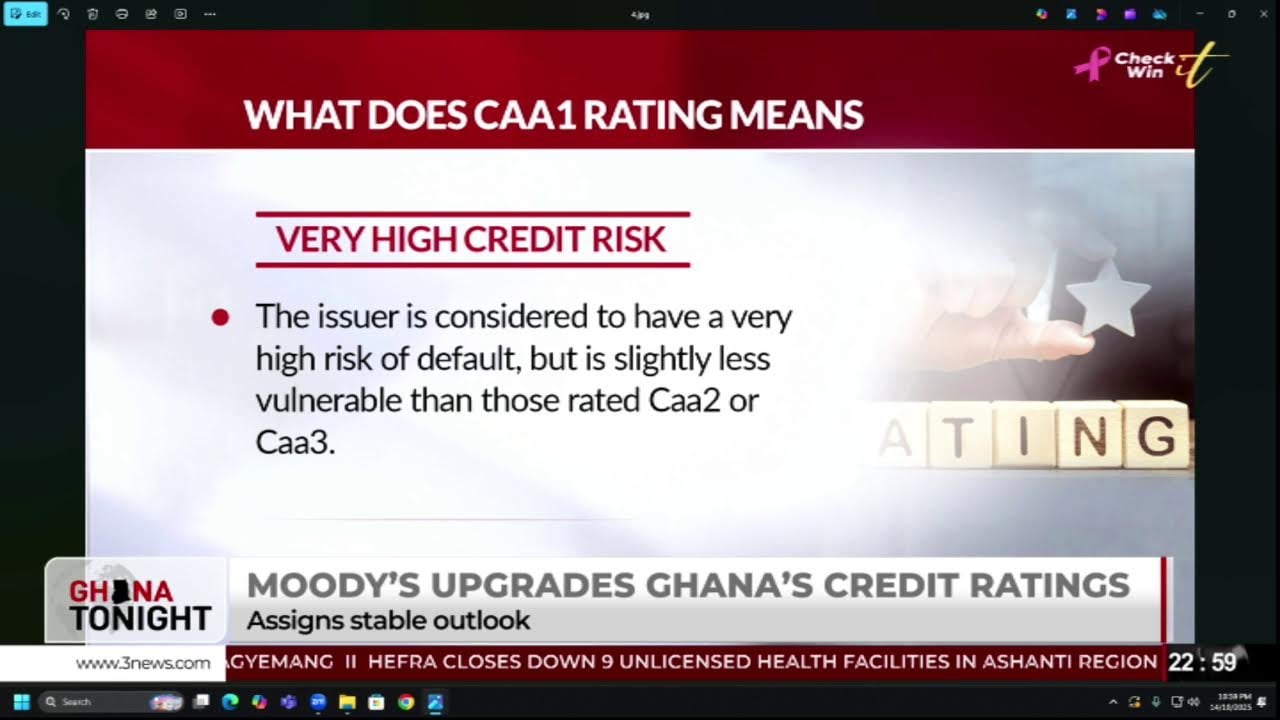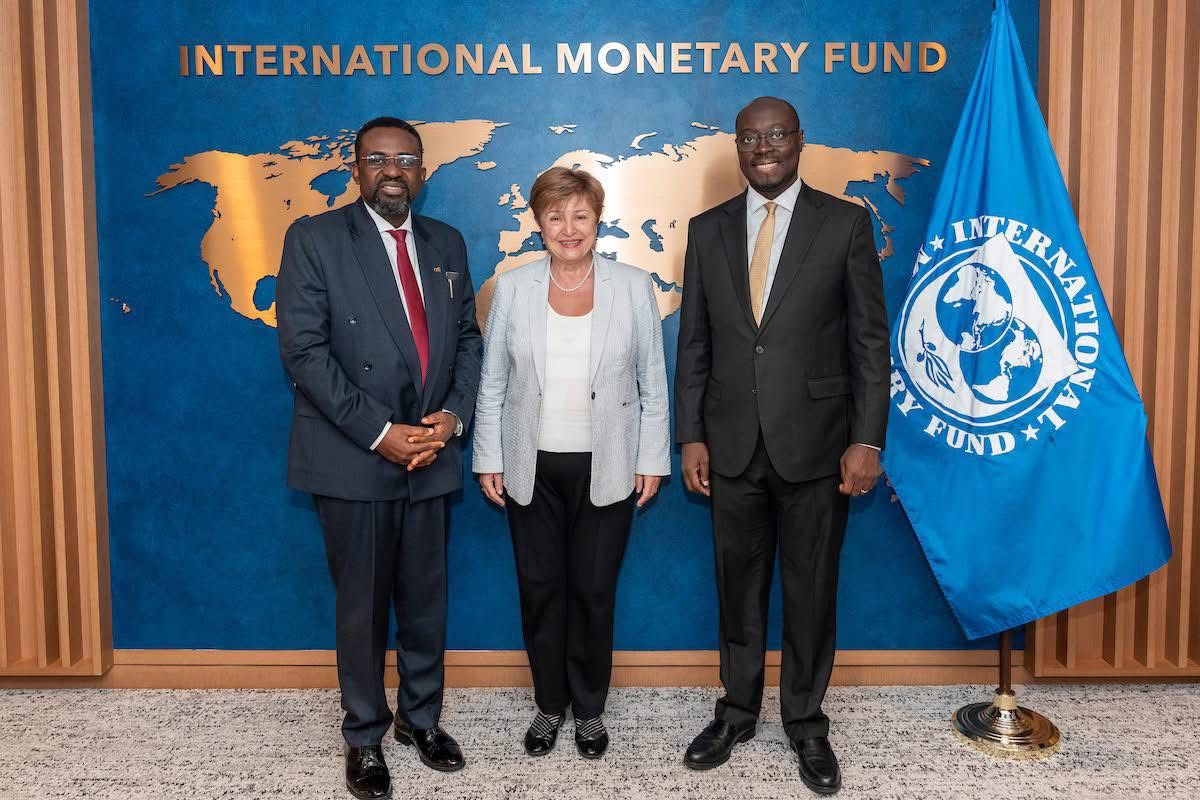
… as broad money expansion slows to 16.6% in August
By Joshua AMLANU & Ebenezer NJOKU
The Bank of Ghana’s latest Monetary Policy Report has shown a marked deceleration of money supply growth as the central bank’s sustained tightening stance and liquidity sterilisation measures took hold.
According to the report, broad money (M2 ) expanded by 16.6 percent year-on-year in August 2025 – down from 37.1 percent during the comparable period of 2024, which was an election year.
Broad money supply refers to the total stock of money circulating within the economy that is available for spending and investment. It encompasses not only the most liquid forms of money (cash and demand deposits) but also near-money assets that can be readily converted into cash.
This slowdown was on account of the combined effect from reduced net claims on government, a decline in net foreign assets and the continued impact of monetary restraint aimed at consolidating disinflation gains.
The report attributed this moderation in liquidity growth primarily to the Bank’s active open market operations and tighter control over public sector borrowing. Net Domestic Assets (NDA) growth fell to 7.7 percent from 10.6 percent in August 2024, while Net Foreign Assets (NFA) growth slowed to 8.8 percent from 26.5 percent over the same period.
Cedi-appreciation during the period under consideration was also cited as further reducing the local currency valuation of foreign assets, tightening overall liquidity conditions.
The central bank’s policy stance has been anchored on a strategy of sterilisation; that is, mopping up excess liquidity from the banking system to reinforce price stability.
The move is consistent with efforts to bring inflation within the medium-term target band of 8 ± 2 percent by end-2025. This has already yielded further results, with inflation falling to 9.4 percent in September 2025.
Credit developments
Credit expansion meanwhile remained subdued under the tighter monetary environment. The total stock of gross loans and advances grew by 10 percent in August 2025, compared with 19.7 percent a year earlier. Credit to the private sector increased by 13.3 percent but in real terms the growth was only 1.7 percent, marking a modest recovery from a 1.1 percent contraction the previous year.
Private sector credit accounted for 95.5 percent of total outstanding loans, with the services, commerce and finance and manufacturing sectors continuing to dominate loan allocation.
While lending activity remains constrained by high rates and risk aversion among banks, the modest increase in real credit is perceived as an improving operating environment for businesses.
Average lending rates eased to 24.2 percent from 30.8 percent in August 2024, as policy rate adjustments continue to transfer into the broader economy.
The post Monetary policy tightening halves money supply growth appeared first on The Business & Financial Times.
Read Full Story




















Facebook
Twitter
Pinterest
Instagram
Google+
YouTube
LinkedIn
RSS